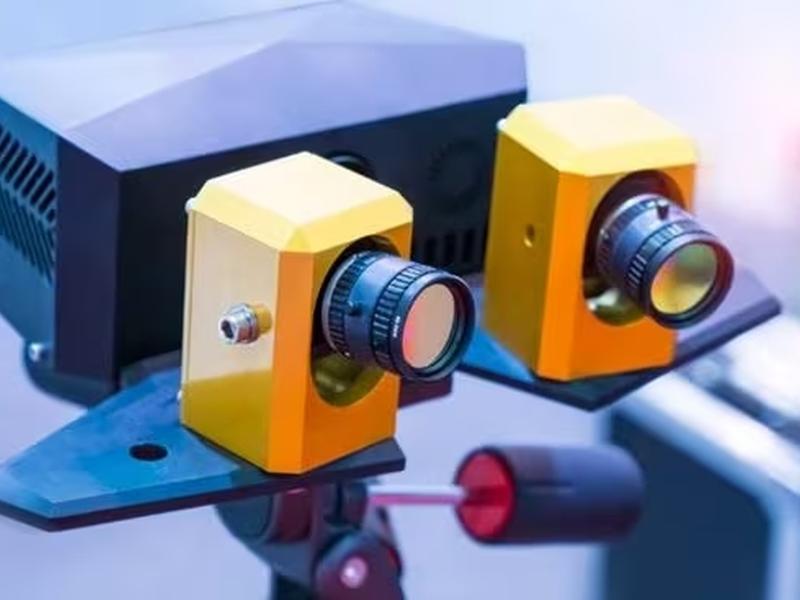This article explores the question of how robots see, focusing on physical robots that accomplish real-world tasks. It explains that machine vision systems capture images with a digital camera, processing this data on a frame-by-frame basis. Computer vision has expanded dramatically in recent years, thanks to AI and machine learning. AI-based processing allows robot vision systems to generate their own rules, enabling them to manage tasks like unlocking a door for humans or moving an autonomous vehicle when the stoplight is green. Edge processing is preferable for real-time decision-making, as it reduces latency and eliminates dependence on cloud infrastructure.

